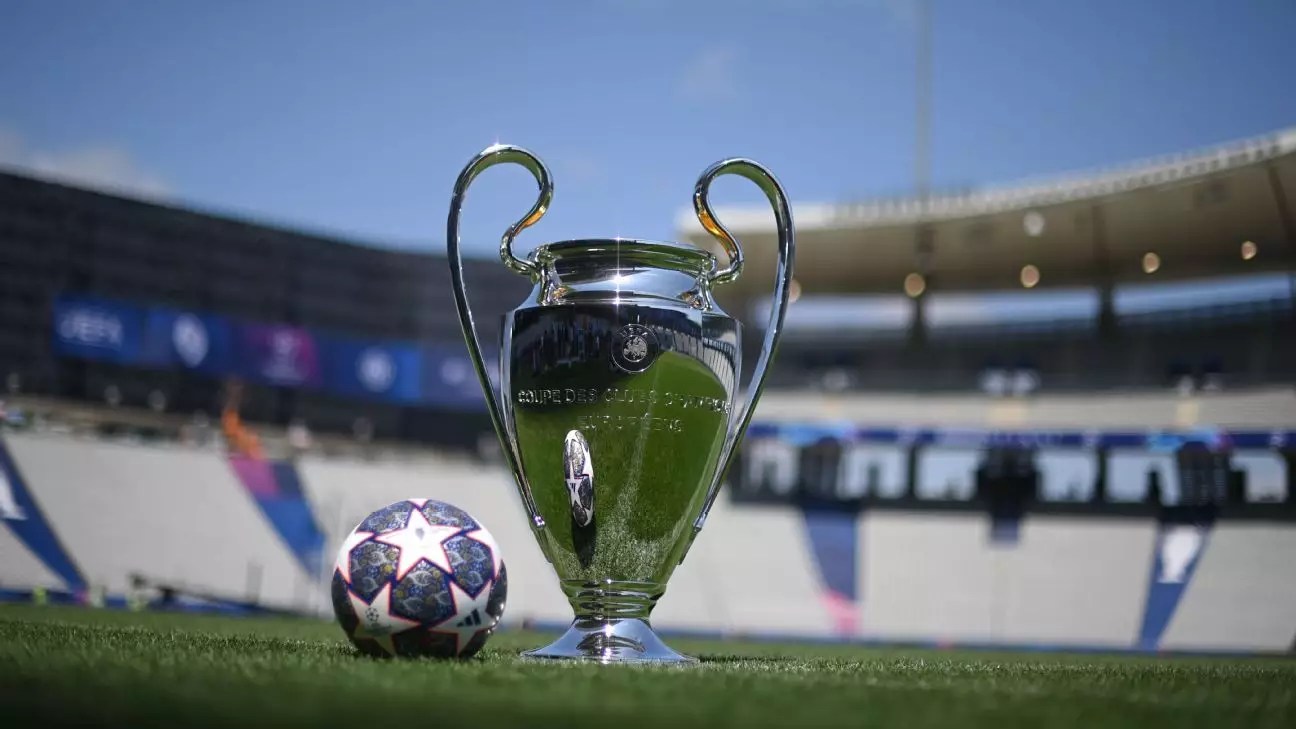With the completion of the playoff round on Wednesday, the pots for Thursday’s UEFA Champions League draw have been finalized. This year, the draw will take place under a new format that introduces several changes to how teams will be placed and grouped in the competition.
One of the major changes in this year’s Champions League draw is the introduction of a new format that will see all 36 teams placed in one league table. Unlike previous seasons where teams were placed into groups, the draw will now create eight fixtures for each club. This means that teams will play two matches, one at home and one away, against teams from each of the four pots.
In previous seasons, being placed in Pot 1 meant that teams would avoid playing matches against the strongest clubs in the tournament. Pot 1 used to include the holders of the Champions League and Europa League, as well as the champions of the top six domestic leagues. However, with the new format, teams will no longer have the advantage of avoiding strong opponents by being in Pot 1. This is because teams will now play games against clubs from their own pot, making the previous distinction less significant.
Another important change in this year’s draw is how teams will be placed in each pot. While only the Champions League titleholders will be automatically placed in Pot 1, all other positions will be determined by the UEFA club coefficient. This coefficient ranks clubs based on their performance in European competitions over the previous five seasons, which means that teams will now be ordered by strength rather than their previous achievements.
The upcoming UEFA Champions League draw will mark the beginning of a new era in the competition, with a revamped format that aims to create more balanced and competitive matchups. With teams now facing opponents from their own pot, the advantage of being in Pot 1 has diminished, and clubs will have to rely on their current performance to secure a favorable placement. As the league phase unfolds and the final approaches, it will be interesting to see how teams adapt to the new format and whether it will lead to more unpredictable and exciting matches.


Leave a Reply